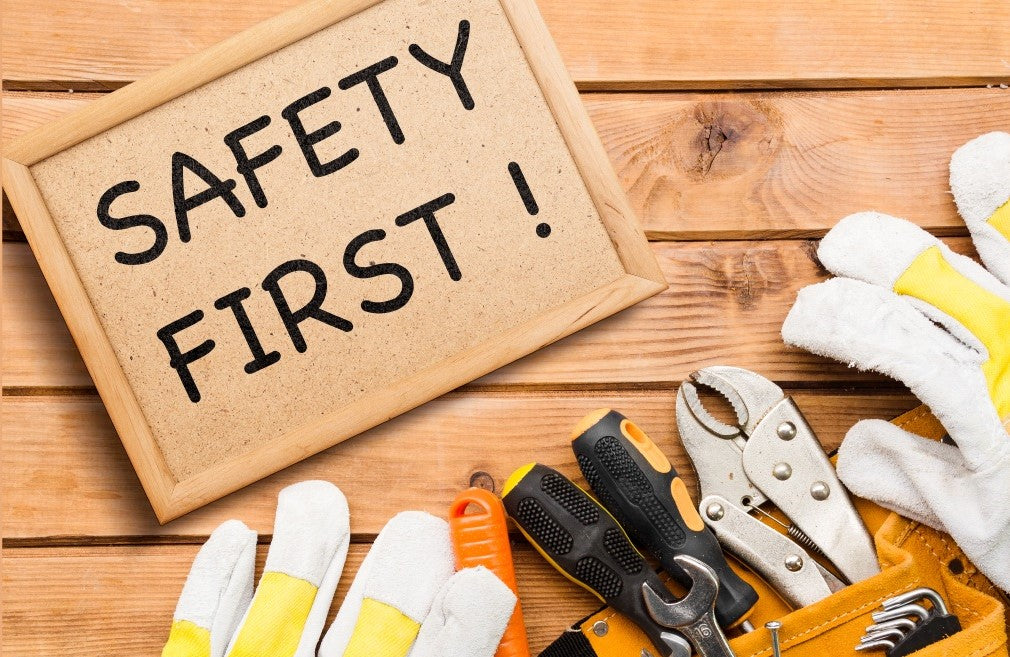When it comes to foam cutting, whether for craft projects, insulation work, or creating custom packaging, safety should always be your top priority. Foam cutting tools, while incredibly useful, can pose significant risks if not handled properly. The key to a successful and injury-free foam-cutting experience lies in being aware of potential hazards and taking proactive measures to mitigate them.
This blog will guide you through essential safety tips that every foam-cutting enthusiast should know. From selecting the right protective gear to maintaining a safe workspace, these tips will help you stay safe while achieving precise, clean cuts on your foam projects. Whether you’re a seasoned professional or a DIY enthusiast, understanding and implementing these safety practices is crucial for a smooth and hazard-free cutting experience. Let's dive into the steps you can take to protect yourself and ensure your foam cutting tasks go off without a hitch.
Safety Precautions
1. Wear Protective Gear
When working with foam cutting tools, it is essential to wear appropriate protective gear to safeguard yourself from potential hazards. Safety goggles protect your eyes from flying debris, while gloves shield your hands from sharp blades and hot surfaces. Additionally, a dust mask is crucial for preventing the inhalation of fine particles and fumes that can be released during the cutting process. By consistently wearing this protective gear, you significantly reduce the risk of injury and exposure to harmful substances, ensuring a safer working environment.
2. Ventilation
Ensuring proper ventilation in your workspace is vital when cutting foam. The process can generate harmful dust and fumes if inhaled in large quantities. Working in a well-ventilated area helps to disperse these airborne particles and reduces the concentration of potentially toxic fumes. If natural ventilation is insufficient, consider using fans or air purifiers to improve air circulation. Maintaining good ventilation not only protects your respiratory health but also creates a more comfortable and safer work environment.
3. Proper Workspace
Maintaining a clean and clutter-free workspace is crucial for preventing accidents while cutting foam. A tidy area reduces the likelihood of tripping over objects or accidentally knocking tools and materials off your workbench. Ensure that your workspace is well-organized, with all necessary tools within easy reach and free from obstructions. Adequate lighting is also important to ensure you can see your work clearly, further reducing the risk of mistakes and accidents. By keeping your workspace orderly, you create a safer and more efficient working environment.
4. Follow the Manufacturer’s Instructions
Adhering to the manufacturer’s instructions for each specific foam cutting tool is essential for safe operation. These guidelines provide important information on how to correctly use and maintain the tools, including recommended safety measures and operational procedures. Ignoring these instructions can lead to improper use, increasing the risk of accidents and damage to the tools. By carefully following the manufacturer’s guidelines, you ensure that you are using the tools as intended, which enhances safety and performance.
5. Maintenance
Regularly inspecting and maintaining your foam cutting tools is key to ensuring their safe and efficient operation. Check for any signs of wear and tear, such as dull blades, frayed cords, or loose components, and address these issues promptly. Proper maintenance not only extends the lifespan of your tools but also prevents potential malfunctions that could cause accidents. Cleaning the tools after each use, sharpening blades, and following the manufacturer’s maintenance recommendations are all important practices that contribute to the safety and reliability of your equipment.
6. Follow Material Safety Guides
Adhering to material safety guides is crucial for ensuring you have the right tools, protection, and safety precautions needed before cutting different types of foam. These guides offer valuable information on the specific hazards associated with various foam materials and the appropriate safety measures to mitigate those risks. By following these guides, you can select the proper equipment and protective gear for the task at hand, ensuring that you are well-prepared to handle the material safely and effectively.
In conclusion, embarking on foam cutting projects can be a rewarding and creative experience. However, safety must always be at the forefront. By following the essential tips outlined in this blog - such as wearing proper protective gear, maintaining a well-organized workspace - you can ensure that every project is both fun and safe.
Encouraging safe practices not only protects you and your loved ones from potential hazards but also instills valuable lessons that can last a lifetime. So, gear up, stay mindful, and dive into your foam cutting adventures with confidence, knowing that you've taken the necessary steps to keep everyone safe.
Happy crafting!

